ITC544 - Data Representation and Digital Logic Complete Assignment
VerifiedAdded on 2023/06/13
|9
|817
|492
Homework Assignment
AI Summary
This assignment solution covers fundamental concepts of data representation and digital logic, addressing questions related to number systems and logic gates. The first question involves determining the base of a number system and converting numbers between different bases such as hexadecimal, ternary, binary, octal, and decimal. It also explores 1's complement, 2's complement, and signed magnitude representations. The second question focuses on digital logic, including deriving expressions from logic diagrams, creating truth tables, simplifying Boolean expressions using De-Morgan's Law, and identifying logic gates. The solution provides detailed steps and explanations for each problem, offering a comprehensive understanding of the subject matter.
1 out of 9
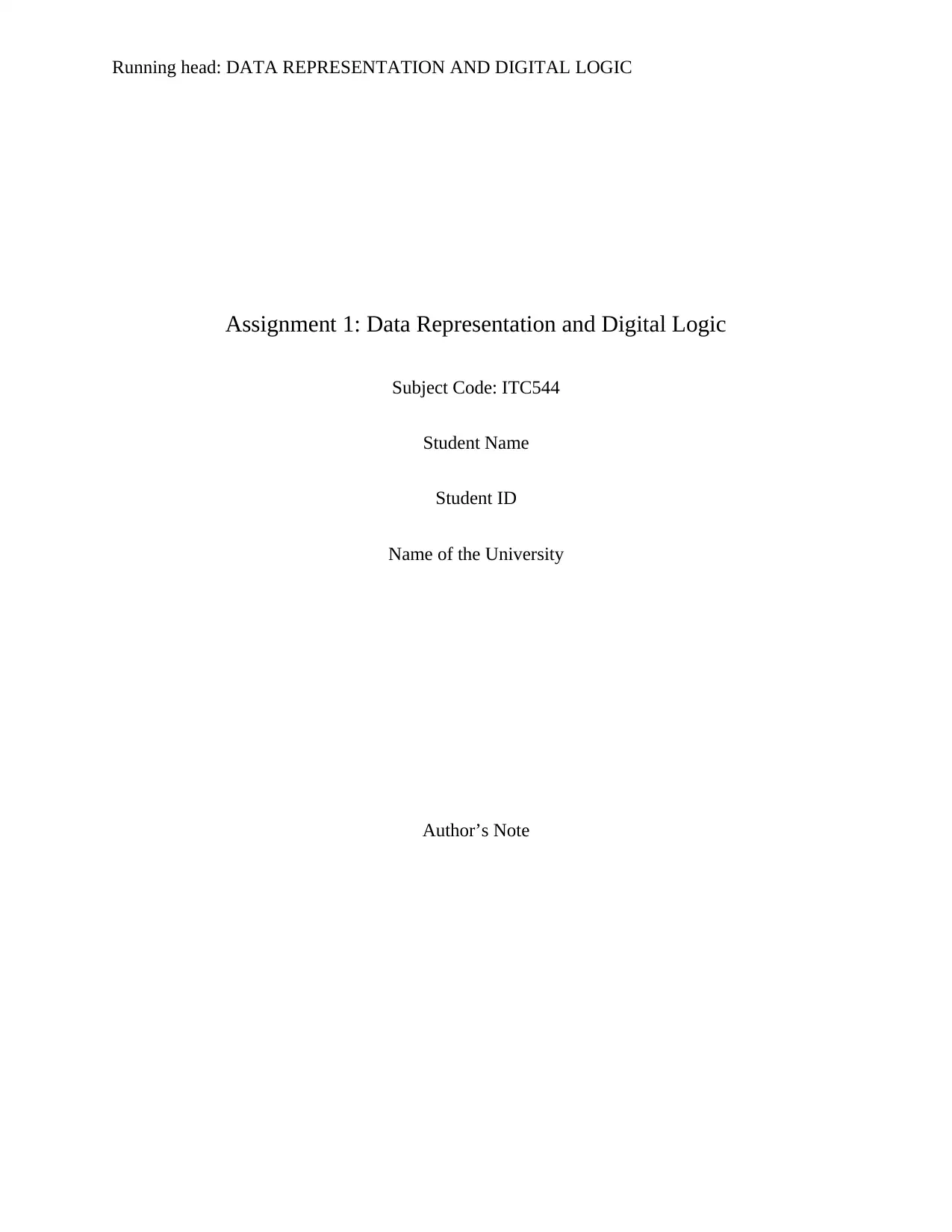
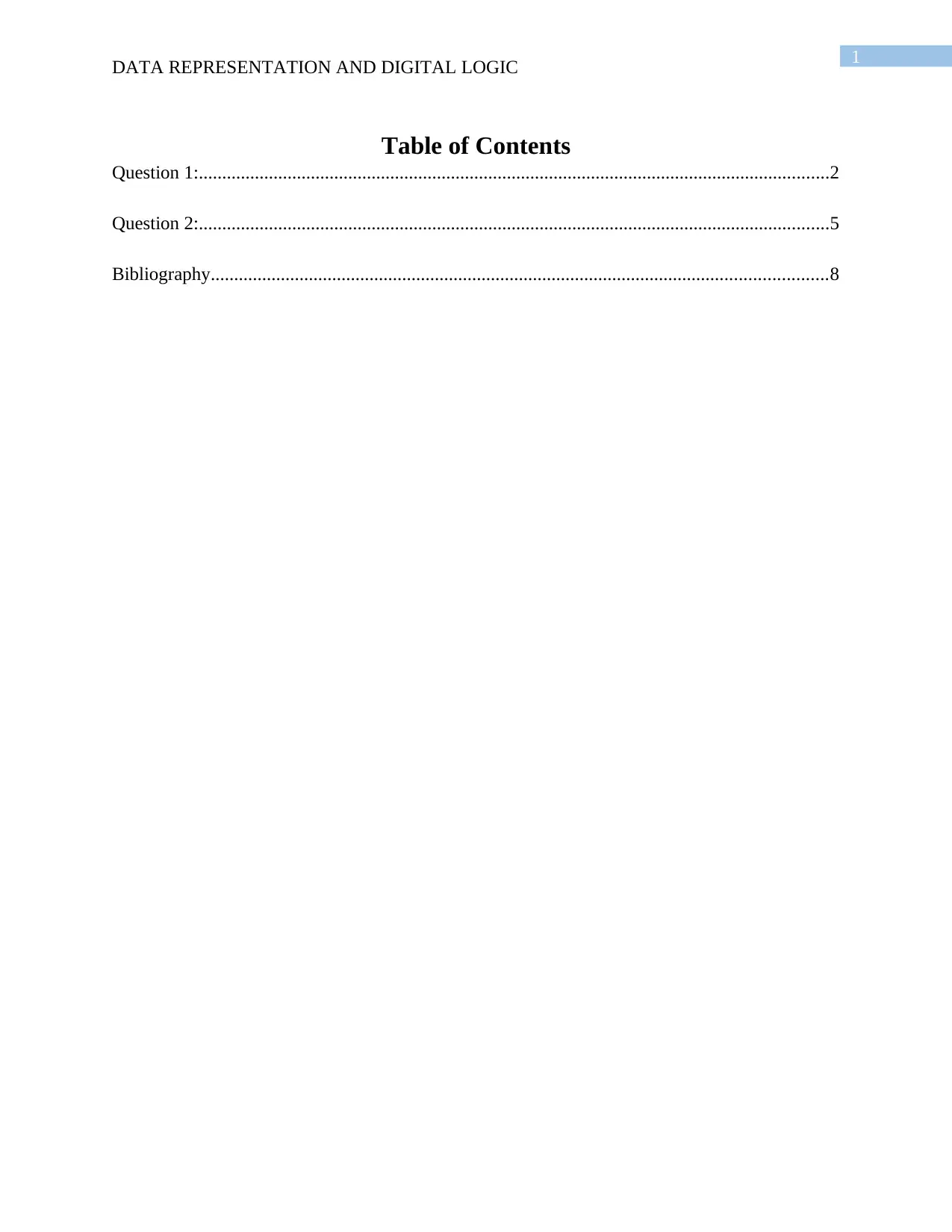
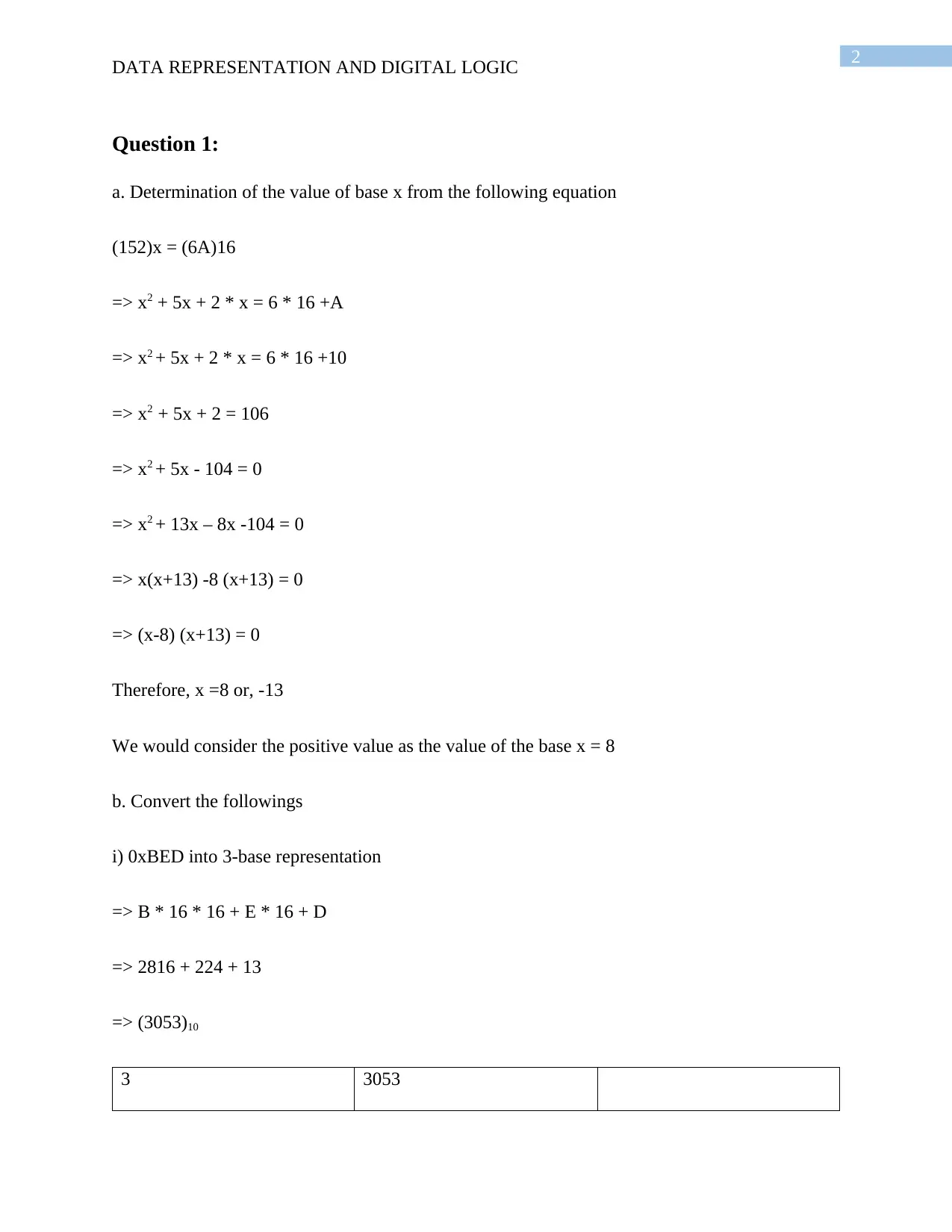

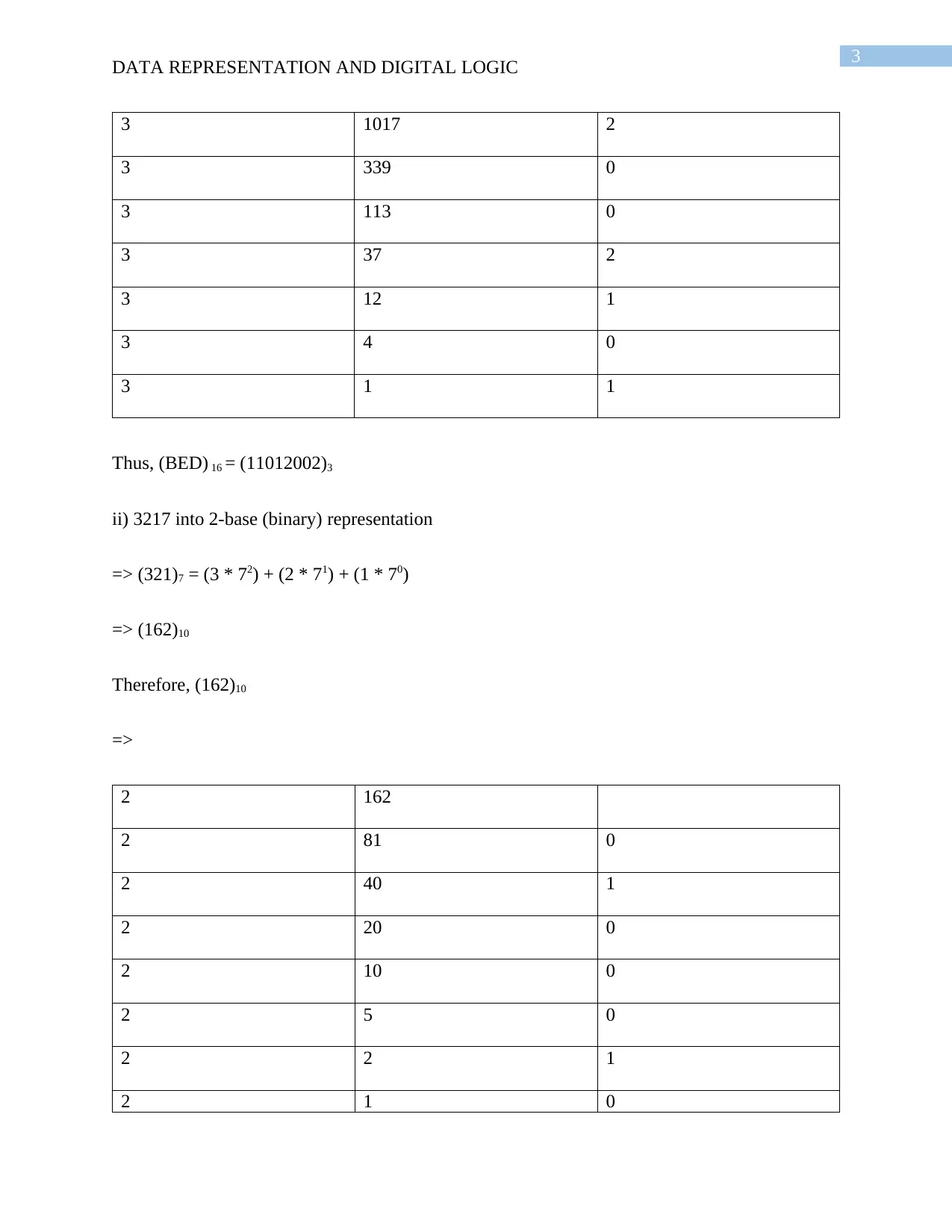
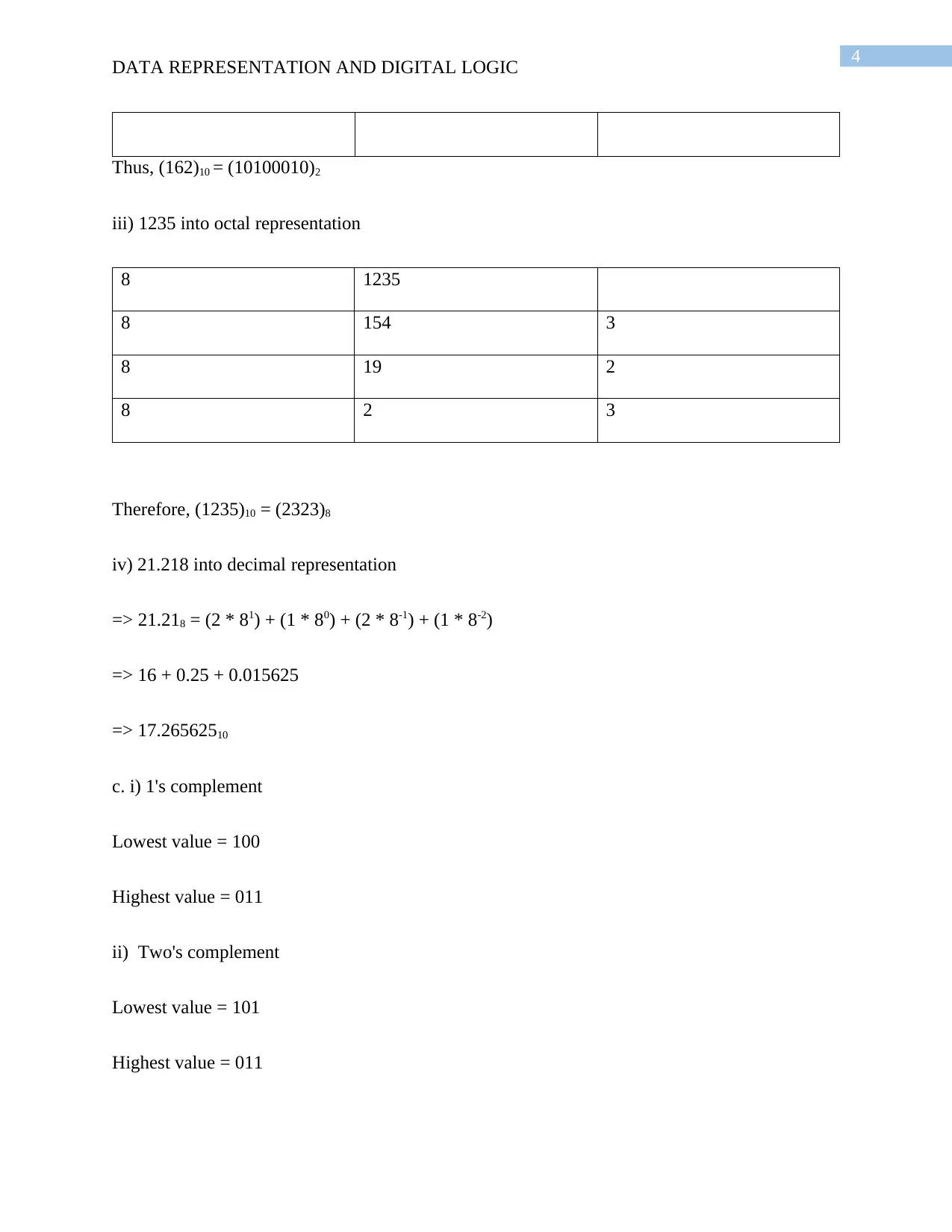
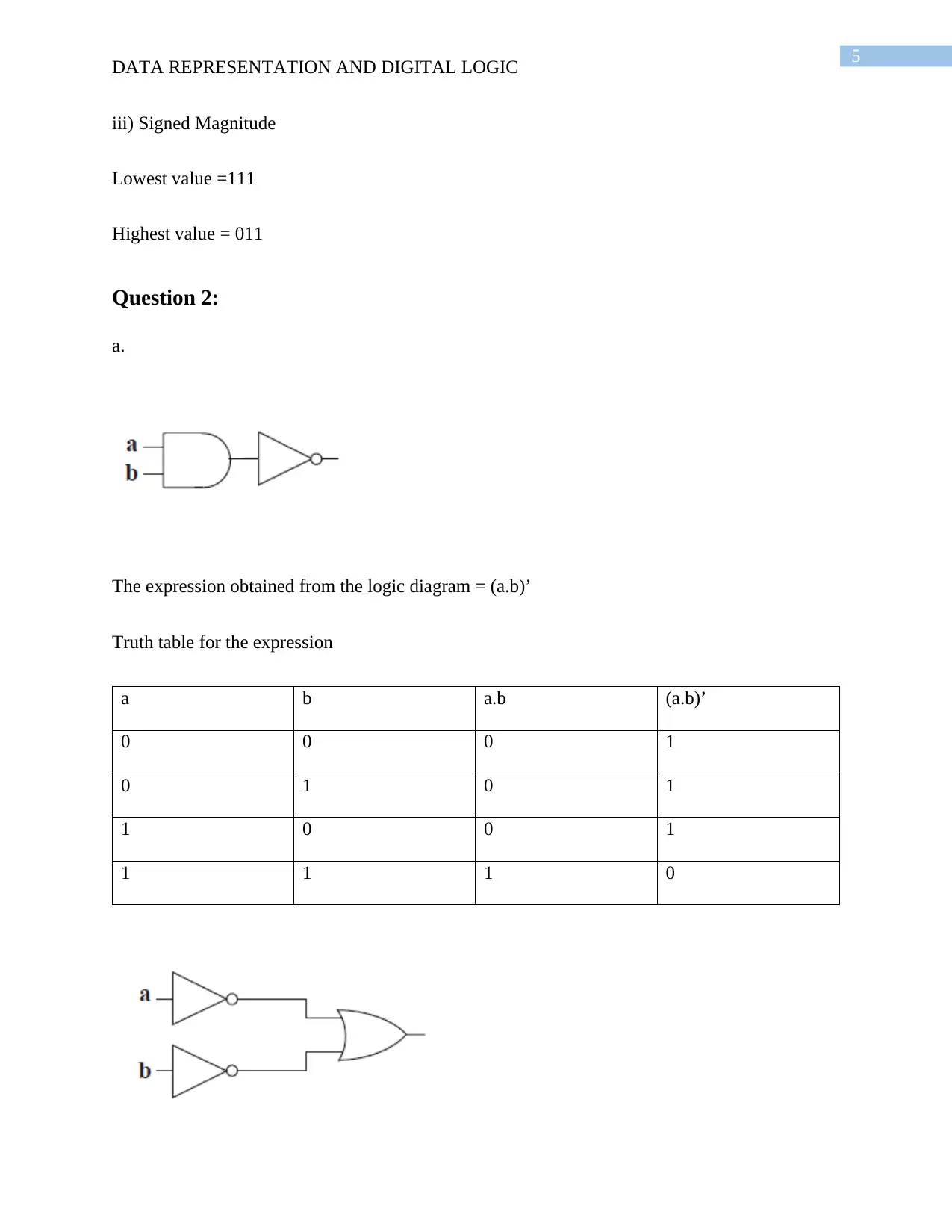
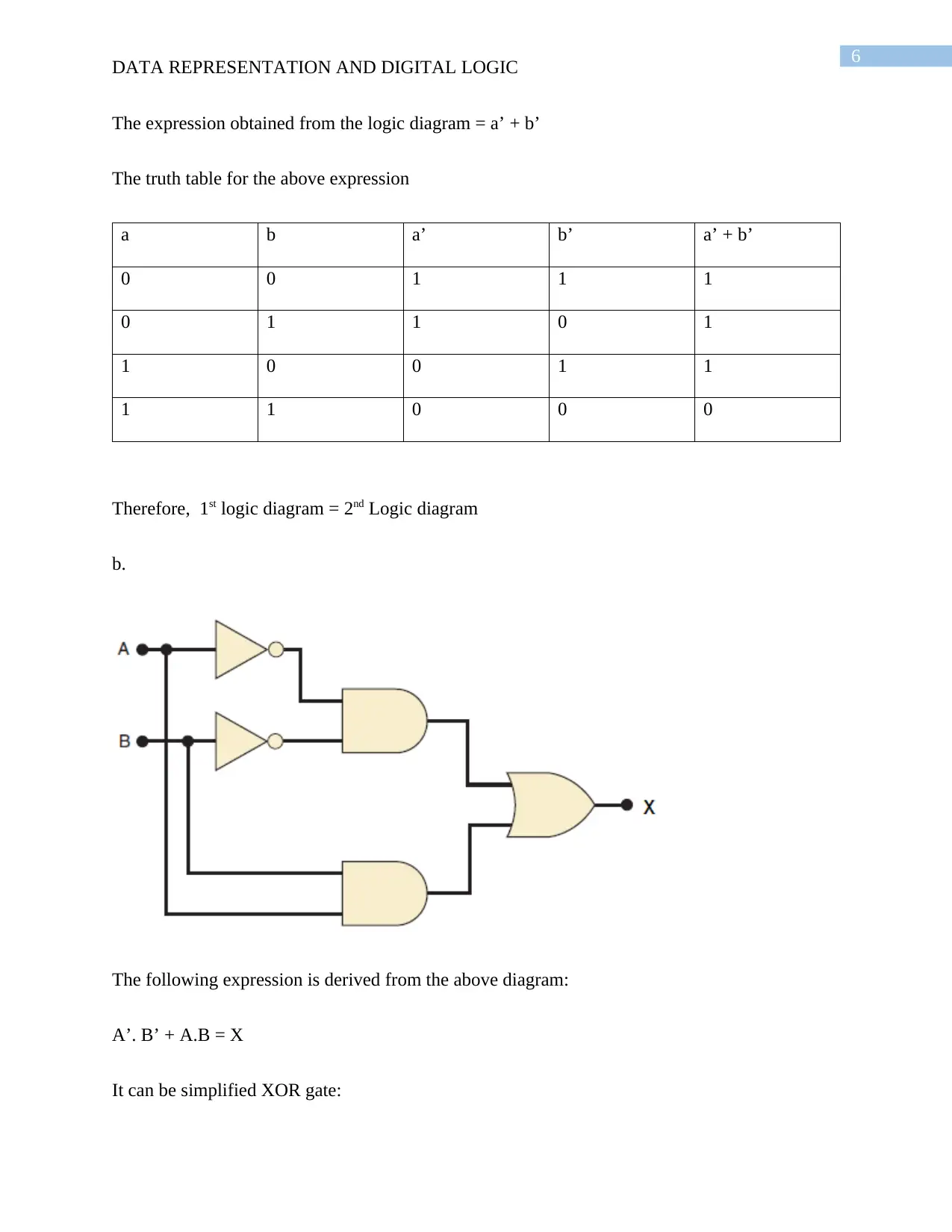
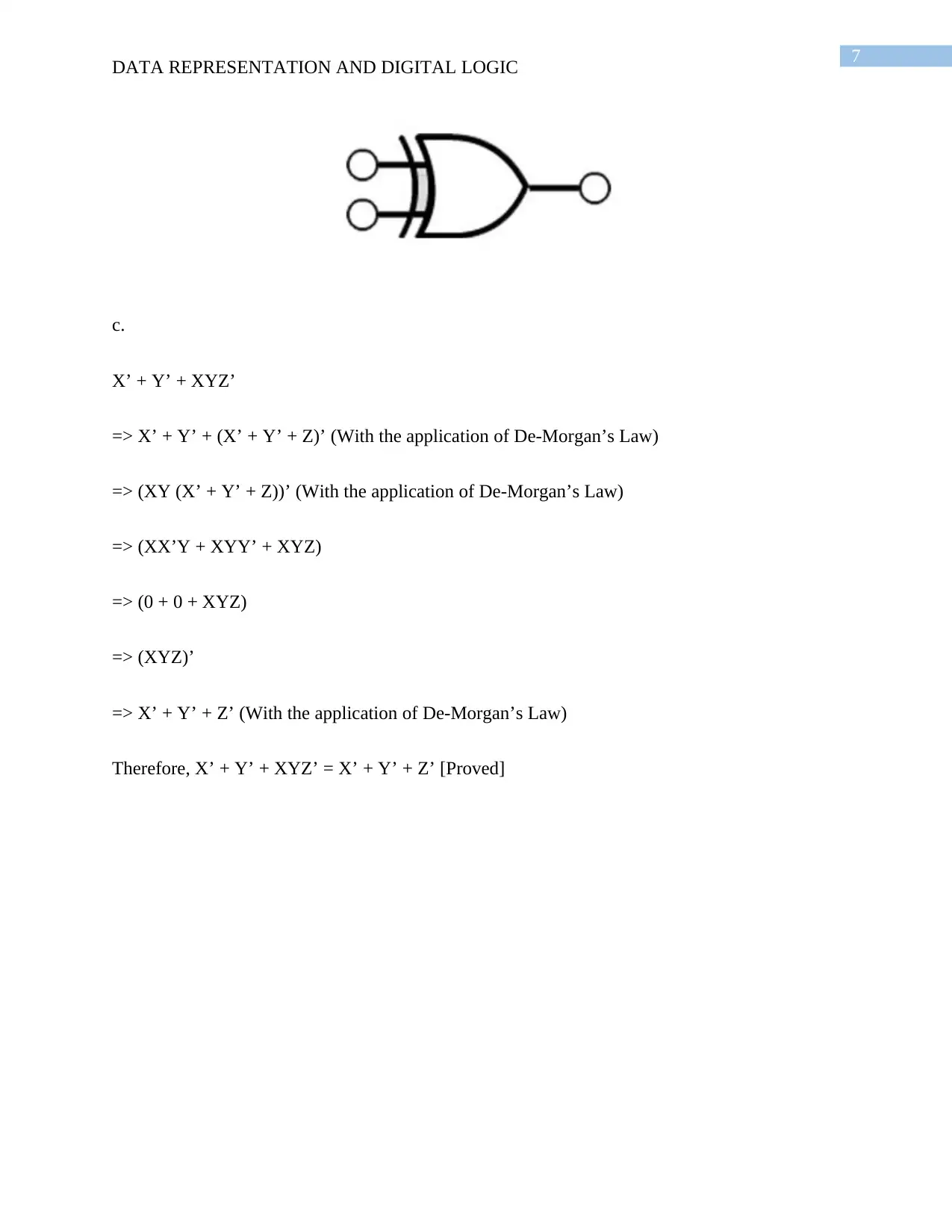
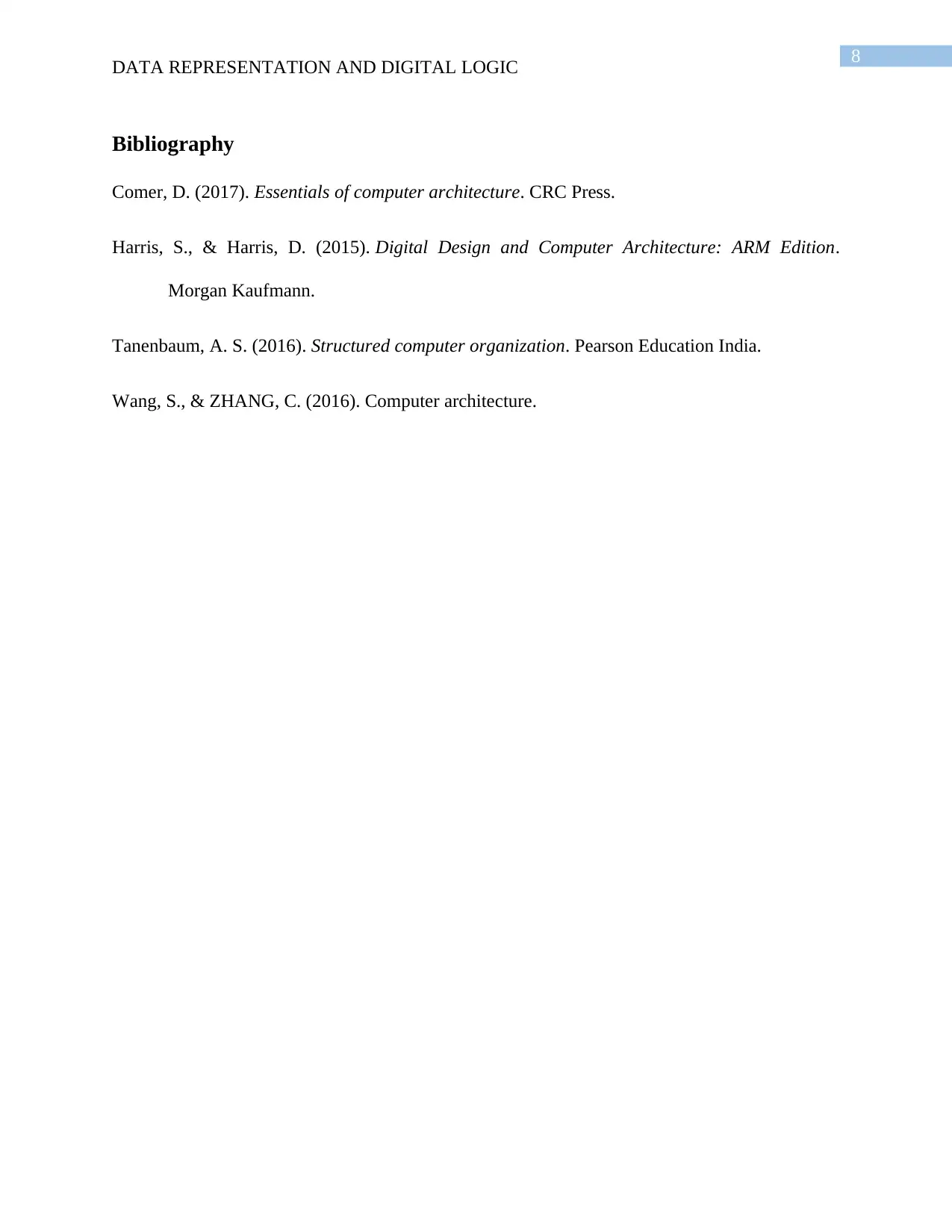


![[object Object]](/_next/static/media/star-bottom.7253800d.svg)